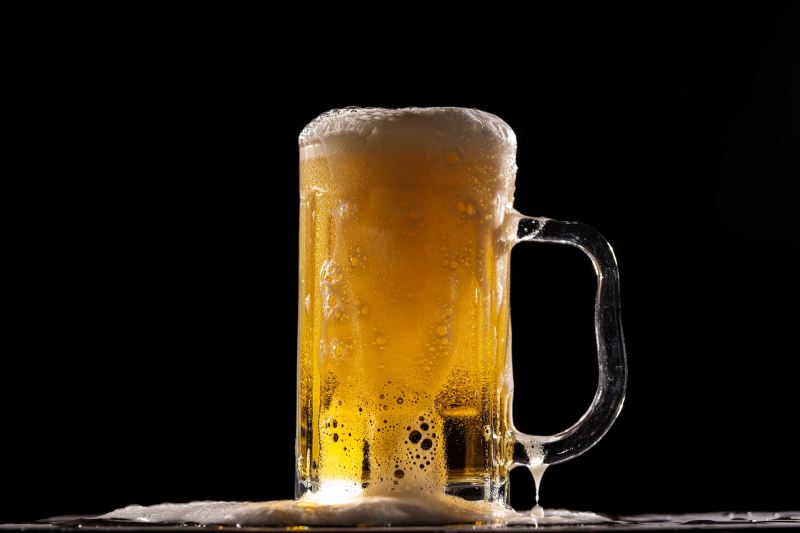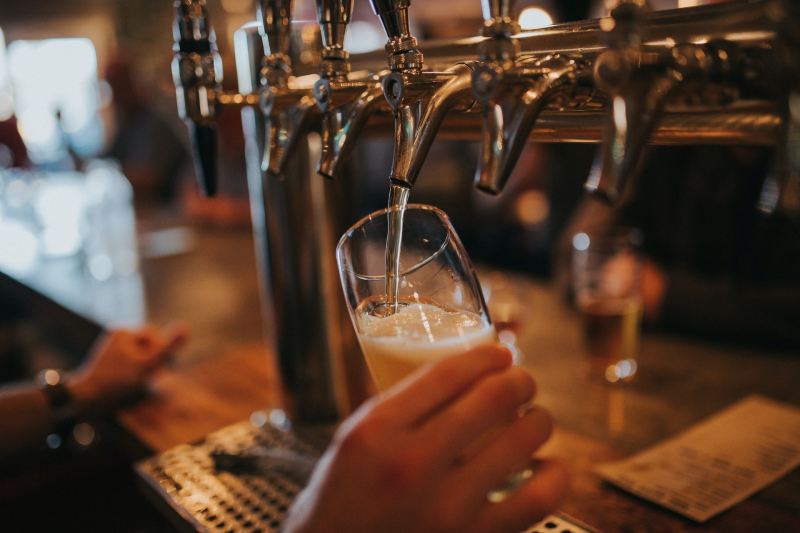
The IPA has been described as the cilantro of the beer world. It’s assumed by some novice drinkers that you either love it or hate it. On one hand, it’s one of the most popular beer styles in the American craft world. It’s loved by many drinkers for its liberal use of hops and fresh, crushable flavor profile.
But haters of the style dislike it because they have an assumption that all IPA beers are aggressively hopped and uncomfortably bitter. While there are IPAs that fit that criterion (and fans of that style can’t get enough of them), there are also a handful of other types of IPAs to fit any palate.
The IPA stigma

There’s a strange stigma surrounding IPAs by many drinkers. Based largely on the popularity of West Coast IPAs, some less informed beer fans assume that all IPAs are bitter hop-bombs. As we mentioned earlier, this simply isn’t true. But, as we all know, when someone gets an idea in their head about something, it’s difficult to get them to change it. If they would simply take a sip of one of the myriad other IPA styles, their opinion wouldn’t be so one-dimensional. Sure, they might still hate West Coast IPAs, but at least they’ll be able to pinpoint that exact style as the one to avoid, and not all of them.
The different types of IPAs

Regardless of what your uninformed friend might tell you, there are more IPA styles than the West Coast
West Coast IPA
By far the most well-known IPA style, the West Coast
New England-style IPA
One of the newer IPA types, the New England-style
English IPA
The OG IPA style, the English
Imperial IPA
This type of IPA (also known as the double
Milkshake IPA
Milkshake IPAs get their name because they are literally the milkshake of the beer world. This is because this cloudy, hazy IPA type is brewed with milk sugar and ingredients like vanilla, coffee, or various fruit purees. It’s known for its creamy, velvety mouthfeel and very little hop bitterness.
Cold IPA
Popular in the colder months (but brewed all year long, depending on the brewery), the cold IPA gets its name because it’s brewed at cold temperatures using lager yeasts. The result is a crisp, refreshing, hoppy
Sour IPA
If you’re a fan of IPAs and sour ales, you’ll probably enjoy a sour IPA. The sour element comes from the addition of Lactobacillus, Saccharomyces, and Brettanomyces. The hop element comes from dry-hopping. Fruit flavors are also often added making for a slightly sweet, fruity, tart, acidic, hoppy beer with very little bitterness at the finish.
Black IPA
This is the IPA style for stout and dark beer drinkers. That’s because it’s brewed with dark malts that you’d often use for stouts and porters. The addition of floral, earthy, piney hops gives it a unique balance between robust chocolate and pine.
Bottom line

As you can probably see now, there are many different types of IPAs. The key is finding the one that most appeals to your palate. So, next time someone tells you that they hate IPAs, you can explain to them that they probably don’t.



